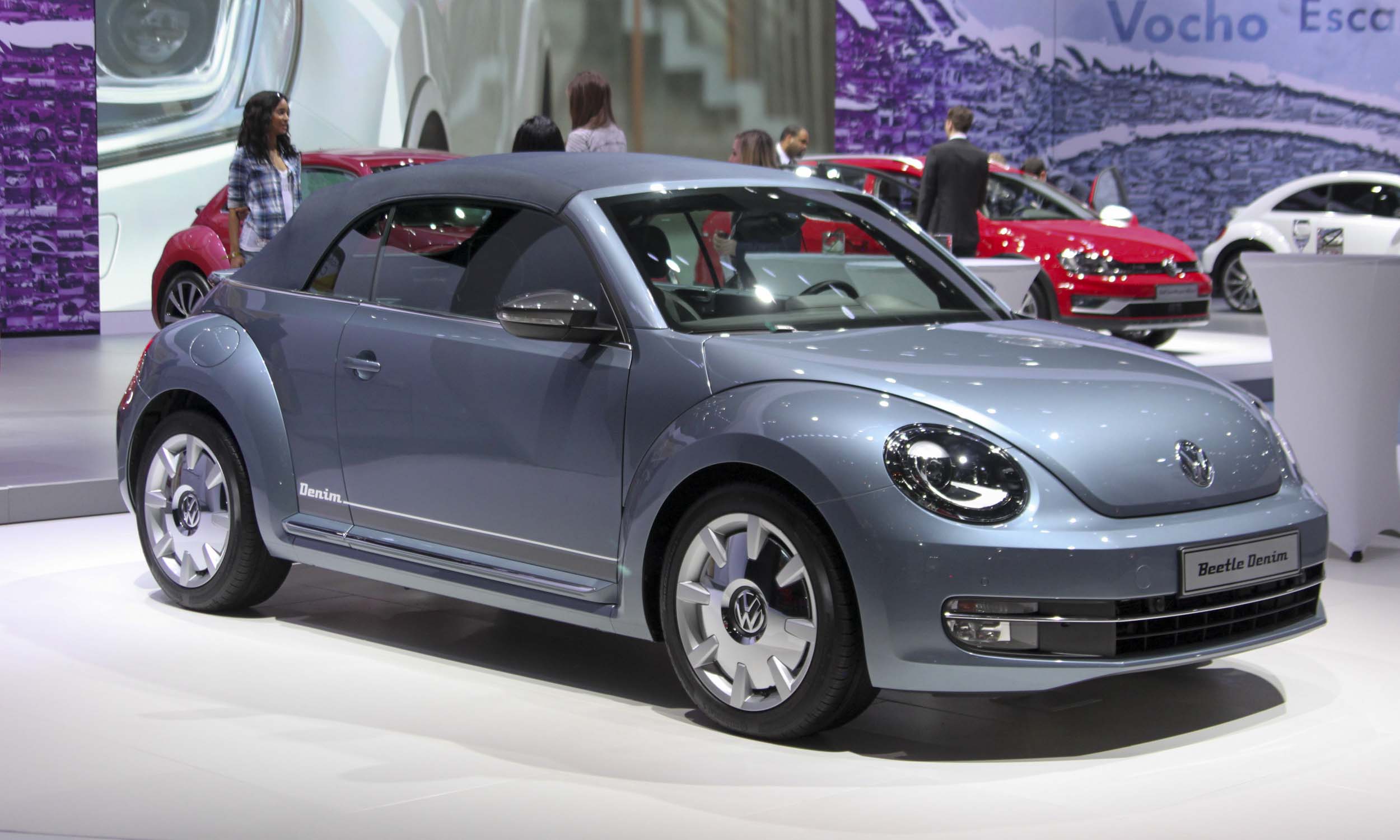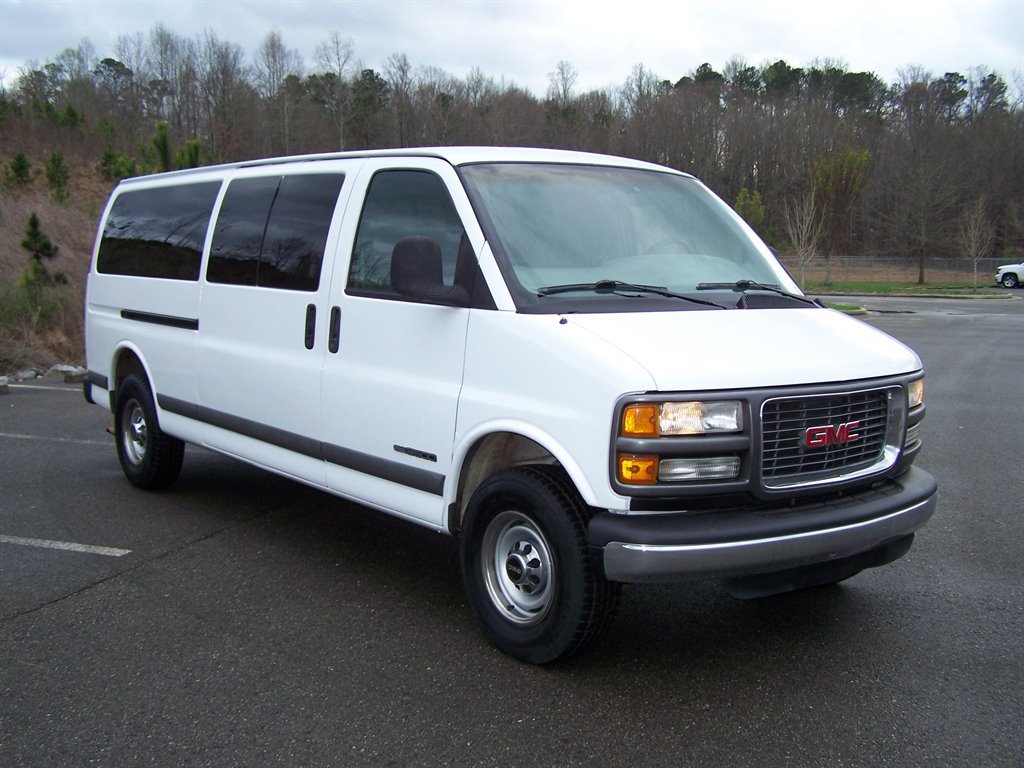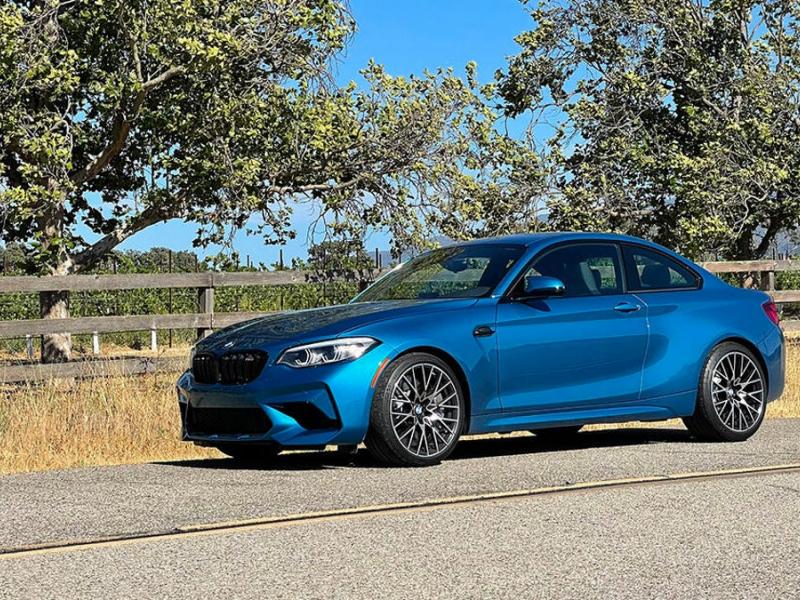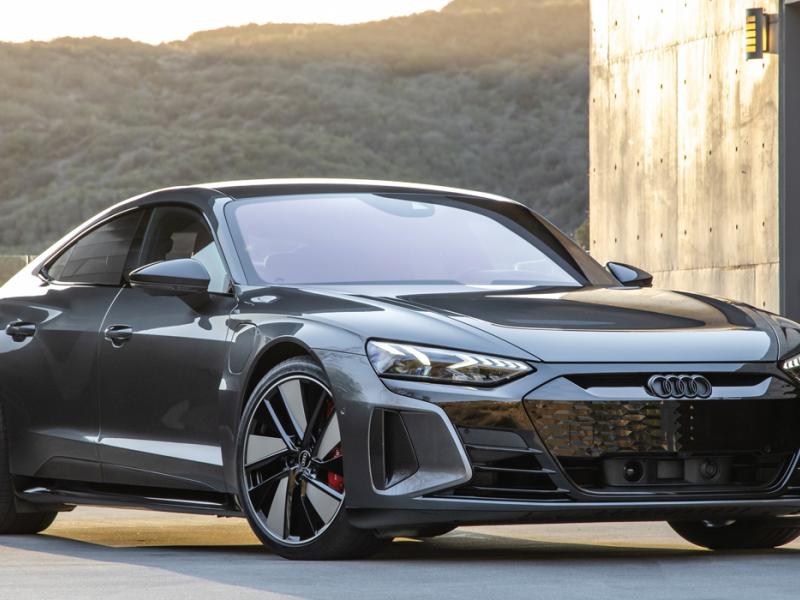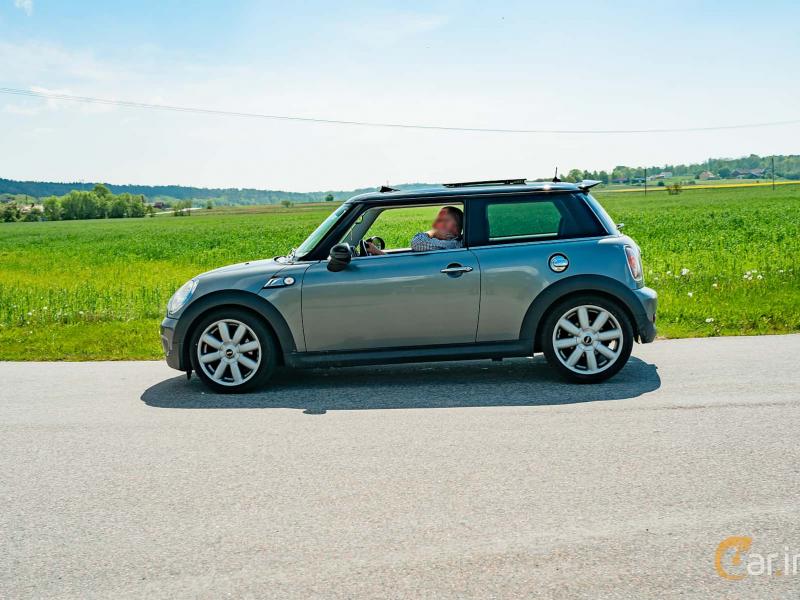Volkswagen Beetle TDI
America is not a diesel-loving country, but VW is once again taking its chances with a diesel version of the new Beetle going on sale stateside later this year.
At the 2012 Chicago Auto Show, VW will unveil the third model in the Beetle lineup: the fuel-efficient TDI Clean Diesel model, which has manufacturer fuel economy estimates of 39 mpg on the highway and 29 mpg in the city. The Volkswagen Beetle TDI, the only Clean Diesel offering in the compact coupe category, will go on sale in the summer 2012 as a 2013 model.
The VW Beetle TDI uses the company’s 2.0-liter turbocharged, direct-injection Clean Diesel engine that makes 140 horsepower and 236 pound-feet of torque. Volkswagen pioneered the use of turbocharging and direct injection in diesel engines and continues to lead the industry in this technology. The best feature of it is 39mpg fuel economy.
TDI details in VW press release:
The current engine features a cast-iron cylinder block and an aluminum-alloy cylinder head. It also utilizes some subtle design elements that contribute to longevity and the reduction of noise, vibration, and harshness. The forged steel crankshaft, for instance, uses just four counterweights, instead of eight, to reduce bearing load and noise emissions. The pistons incorporate annular channels into which oil is sprayed for cooling the piston-ring zone. A pair of counter-rotating balancer shafts is situated below the crankshaft in the oil pan.
Dual overhead camshafts are driven via a toothed belt that also powers the coolant pump and the high-pressure fuel-injection pump. The cams themselves are linked by means of spur gears that have an integrated backlash adjuster that helps to ensure quiet operation. Each cylinder has two intake and two exhaust valves.
The TDI engine’s intake manifold uses flap valves that are powered by a step motor that is in turn activated by the Engine Control Module (ECM). At idle and low engine speeds, the flap valves are closed in order to cause high swirl into the combustion chamber, which results in optimal mixture. During regular driving, the flap valves are adjusted continuously according to load and engine speed to ensure optimum air movement; above 3000 rpm, the valves open fully for maximum filling of the combustion chamber.
The engine’s turbocharger features adjustable guide vanes that maintain the best aspect ratio for low- and high-speed performance. In order to meet current tailpipe emissions standards in all 50 states, the engine makes use of both high- and low-pressure exhaust gas recirculation over all engine speeds, as well as an exhaust system that has a particulate filter and no fewer than three catalytic convertors: for oxidation, oxides of nitrogen (NOx), and hydrogen sulfide.
The engine is mated to either a six-speed manual transmission or VW’s innovative, dual-clutch DSG six-speed automatic. DSG combines the comfort and ease-of-use of an automatic, with the responsiveness and economy of a manual. The six-speed, transversely-mounted DSG unit features two wet clutches with hydraulic pressure regulation. One clutch controls the ‘odd’ gears – first, third, fifth and reverse – while the other operates the even gears. Essentially it is two gearboxes in one.
With DSG, the set-up allows the next-higher gear to be engaged but remain on standby until it is actually selected. In other words, if the Beetle is being driven in third gear, fourth is selected but not yet activated. As soon as the ideal shift point is reached, the clutch on the third-gear side opens, the other clutch closes and fourth gear engages under accurate electronic supervision.
Since the opening and closing actions of the two clutches overlap, a smooth gearshift results and the entire shift process is completed in less than four-hundredths of a second. In addition to its fully automatic shift mode, DSG has a Tiptronic® function to permit manual gear selection.
